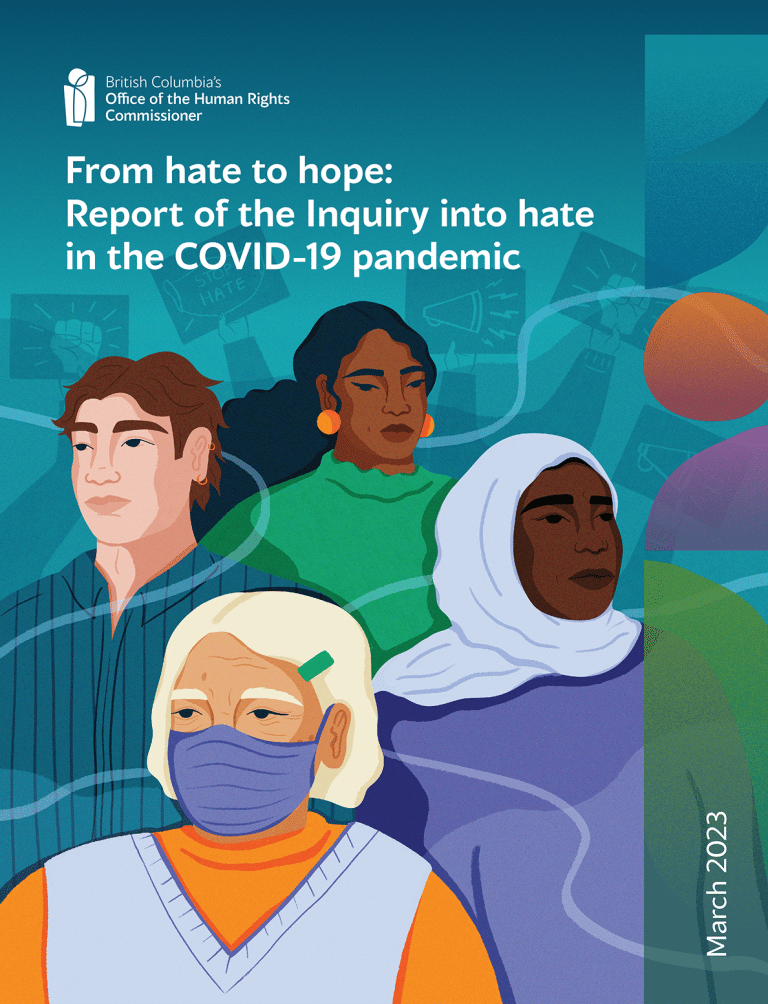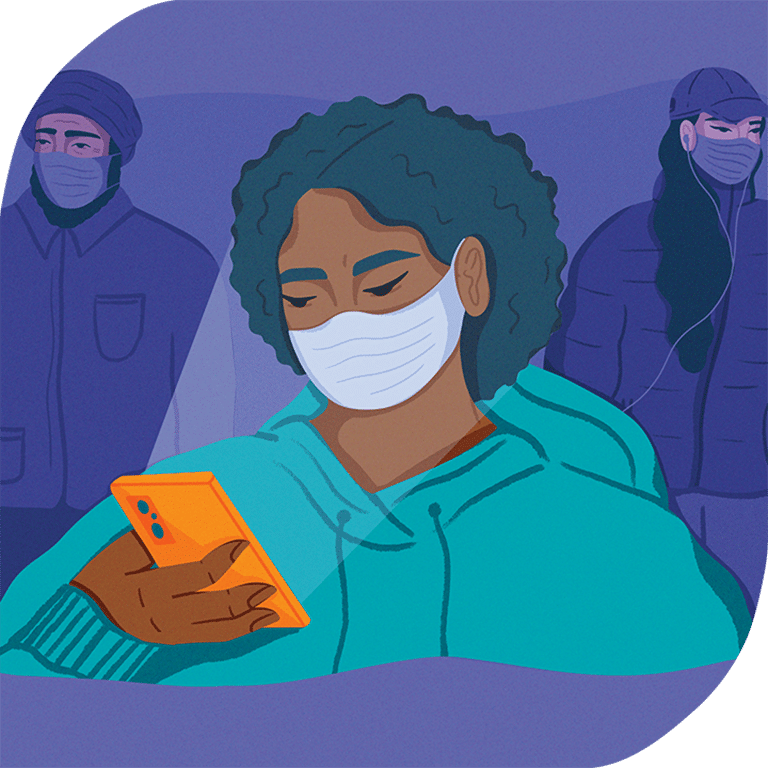Disclaimer:
This summary highlights key learnings from Section 2 of the report. Download our full report (PDF, 23MB) for more information and details. You may also click on a heading below to open up that section of the PDF report.
Was there a rise in hate in B.C. during the pandemic?
This section shares numbers and stories that show how hate has increased during the pandemic. It takes a closer look at the increase of hate towards Asians, women and girls during the pandemic.
The numbers clearly show there has been a rise in hate in B.C. during the pandemic. This has included hate based on:
- race, including hate experienced by Indigenous, Asian and Black communities
- religion, including hate experienced by Muslim, Jewish and Christian communities
- sexual orientation
- gender (gender identity, gender expression)
- disability
- being unemployed or homeless
- age
- immigration status
- occupation or position, including hate experienced by journalists, frontline workers, public health workers and health communicators

118%
2021 is 118% higher than 2019

Deeper dive: Hate experienced by Asian communities
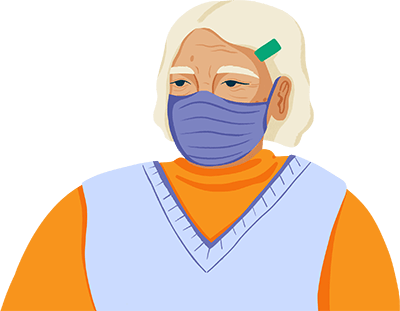

717%
The Vancouver Police Department reported an increase of 717% in hate incidents against East Asian residents between 2019 and 2020.
Hate experienced by Asians increased quickly during the pandemic.
Asian people were targeted by people who blamed China for COVID-19. They heard hateful things like, “go back to China.” They were coughed or spit on. They were attacked in the street by strangers.
More anti-Asian hate was reported in B.C. than in Ontario, even though more than three times the number of Asian people live in Ontario.
Mistaking all Asians for Chinese is a common part of anti-Asian discrimination. Asian people were targeted by people who blamed China for COVID-19. They heard hateful things like, “go back to China.” They were coughed or spit on. They were attacked in the street by strangers.
They often experienced hate when out in public places. For example, one mother described walking with her children when a neighbour started yelling at them about bringing the virus here and told them to get off the street.
Older people, women and youth were targeted more than other members of Asian communities. For example, an Asian senior woman with a visible disability was hit on the head by a man when she was on her way to the community resource centre.
“I think it was because I’m older and I’m also a woman, and I’m Chinese, so perhaps this is why I’m being discriminated against.”
Messages in the media—such as headlines like “China Virus”—supported and spread misinformation that increased hate incidents. Canada came fourth on a list of countries that had the most people looking at anti-Chinese and anti-Asian content on Twitter during the pandemic.

Deeper dive: Gender-based violence (“the shadow pandemic”)
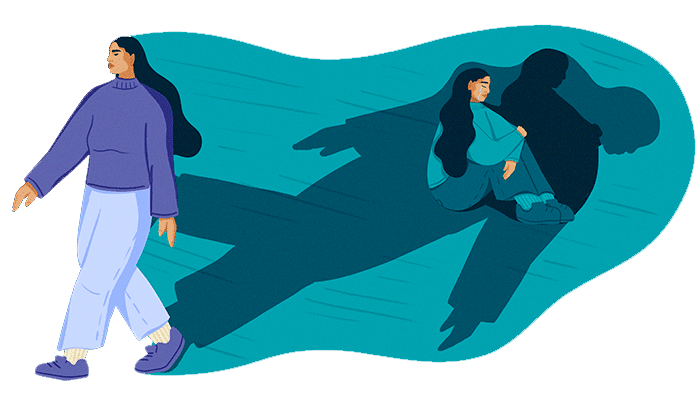
Gender-based violence is when someone is attacked because of their sex or gender identity or expression. It includes physical violence as well as sexual and emotional abuse. It happens mostly to women and girls. Some women and girls are targeted more than others if they are:
- Indigenous
- Black
- disabled
- LGBTQ2SAI+
- immigrants
- living in rural and remote places
Gender-based violence was a big problem before the pandemic but it increased during the pandemic because:
- women were spending more time at home with abusive partners.
- more time online meant more online hate directed to women and girls.
- it was harder to leave home to get help.
- it was easier for a partner to control use of phone, text and email, making it harder to get support or make a report.
- some community services closed, reduced services or put services online.
- there were delays in court dates and custody arrangements were harder to keep.
- it was harder to ask for medical care when hospitals and doctors were so busy with COVID patients.
- getting someone sick with COVID-19 could be used as a threat.
Did you know?
B.C. mental health lines received 75% more calls relating to family and spouse/ex-partner conflict and twice as many calls related to abuse and violence than before the pandemic.
B.C. mental health lines received 75% more calls relating to family and spouse/ex-partner conflict and twice as many calls related to abuse and violence than before the pandemic.
The police and courts often don’t think of gender-based violence as a hate crime, even though hate on the basis of gender can legally be considered a hate crime. The Commissioner recommends treating gender-based violence as hate in order to hold abusers responsible and to send the message across society that gender-based violence is not accepted in our communities.
What kinds of hate have individuals and communities in B.C. experienced during the pandemic and how have these experiences affected them?
Hate often happens in public places, such as on streets, in parks, on buses, in restaurants and stores and in schools and hospitals.
Reports of hate increased across the province, including in cities like Vancouver, Kelowna and Victoria.
Reports about where hate is happening do not tell the full story because:
- communities in B.C. may not have the same ways to report hate.
- in some communities, people may be less likely to report hate when it happens.
- organizations collect different information. For example, some only collect information about bullying.
Hate includes things like:
- saying hateful things in person or online
- spitting or coughing on someone
- throwing garbage at someone
- making threats of violence
- using physical force
- graffiti
- damaging property
- being followed through stores
- distancing from Asian people as if they are spreading a disease
Some examples shared during the Inquiry
People who experienced hate during the pandemic felt upset, ashamed, afraid, unsafe and like outsiders in their own communities in the hours, days, and weeks following the event. Some people changed their usual routines or avoided going out.
Who is responsible for perpetrating hate?
Most, but not all, people experience hate from a white, male stranger.
In cases of gender-based violence, the person often experiences hate from someone they know.
“I stopped engaging with white people or trying to fit into the white people society. I feel like an invisible person in society.”
— Respondent to the Commissioner’s public survey
Sometimes hate resulted in injuries or death. For example, many women and girls have been killed or seriously injured because of gender-based violence. Sometimes hate resulted in increased mental health problems. This was especially true for people already experiencing racism and discrimination. Sometimes hate led to increased deaths from toxic drug supply and youth suicides.
Hate does not just impact one person; it impacts a whole community. This is especially true for communities who have been experiencing racism and inequality in B.C. for a long time.
When we don’t stop hate, it can seem as if hate is normal and okay. People who experience hate find it hard to speak out at school, in their workplaces, with doctors or police and in the places they live. This makes it easier for society to treat certain people differently and deny them equal rights. In this way, hate has an impact on all of us and the province we live in.
People and communities who experience hate say they found healing by connecting with family, friends and community groups, becoming involved in ways to solve the problem of hate, and practicing self-care.
“I have found strength in connecting with others who feel marginalized like I do. Finding a sense of community has been lifesaving.”
— Respondent to the Commissioner’s public survey

Deeper dive: Online hate
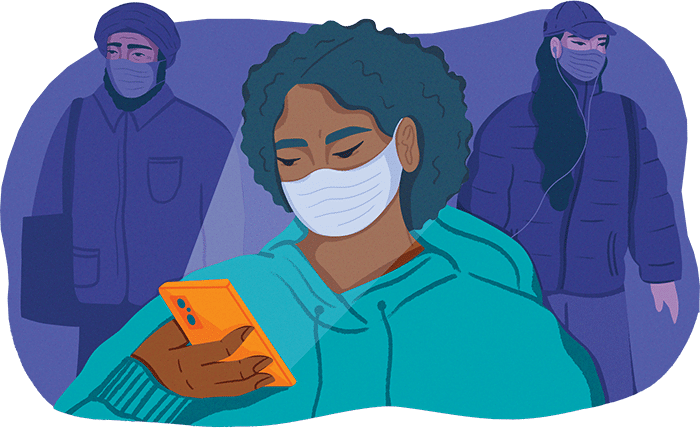
Online hate has been a serious problem for a long time, but it has increased during the pandemic.
Online hate includes using online spaces to:
- post and share hateful speech, images, memes and videos
- stalk, threaten and harass people
- identify, persuade, recruit and coordinate people to carry out violence
Hate is happening in both public and private conversations online.
Hate is happening on social media platforms many of us use, such as Facebook, TikTok and Twitter. It is also happening on gaming sites, crowdfunding sites and music and video platforms.
Many people don’t report online hate because they:
- don’t think it’s serious enough to report
- don’t know how or where to report it
- don’t know the identity of the person posting or sharing the hate
None of the social media companies contacted for information for this inquiry were able or willing to share reports of when users in B.C. or Canada have broken rules about posting or sharing hate online.
Companies design online platforms in ways that help hate grow online. They use information about users to choose content that is most likely to hold their attention—even if this means suggesting content that gets more and more hateful.
Online hate
of people who did the Inquiry’s public survey reported hate that happened online.
Companies are working to find and limit hate content, but it doesn’t solve the problem because:
- people don’t always follow the rules about what you can and can’t post
- the company might make money from hateful posts if these posts make people stay online longer
- online hate spreads quickly
- it is complicated to report something hateful and it can take a long time for the company to respond
- it is harder to address hate when it comes from other countries or in languages other than English
- programs used to find and remove hate do not always get it right
- if one site gets good at finding and removing hate, users can just move to other sites
There are laws in Canada about hate, but it is not always clear how they cover hate when it is expressed online. Some people are working to add online hate to the Canadian Human Rights Act. Canada’s government is working to put laws in place for social media companies that would help stop hate online. BCOHRC recommends B.C.’s Human Rights Code make clear that it covers complaints about hate online when the hate impacts people in the province.
Other countries are also working on ways to address online hate through laws and policies.


Inquiry report (full)
The full Inquiry report (PDF, 23MB) is available for download. The over 400-page-long report (including appendices) details the Inquiry process, community stories, investigation results and the Commissioner’s recommendations for how we can collectively move forward.
For a quick overview, see the plain language summaries below or our executive summary, also available in multiple languages.
